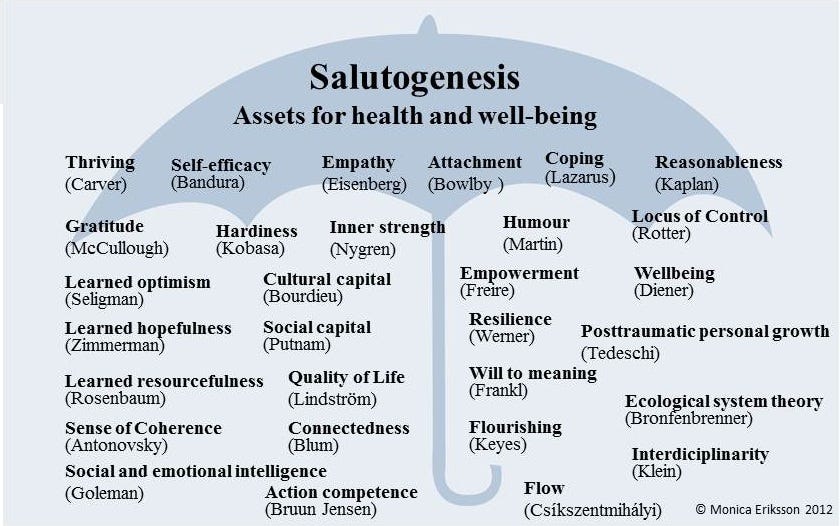

Coherence explained series#
This means truth can only exist within a specific system and it cannot exist outside of that system.Xu Cui Follow What does a wavelet coherence plot tell you?Ĭan you find any pattern in the two signals, green and blue? Two Time Series This ultimately means that, according to this theory, truth comes from how facts are interpreted instead of from the information they provide. What seems illogical to one person may seem completely logical to the next. How we define that consistency, however, can change from person to person. Are Truth and Consistency the Same Thing?Ĭonsistency is required for truth to be available in the coherence theory of truth. It may not be factual to the world in general, but it is factual because of an individualized belief within the framework of a created world. This is how 2+2=5 can become a factual equation. That coherence allows for the systemic beliefs to make sense for the individual, based on their own observations, thoughts, and perspectives. It looks only at the set of beliefs that an individual happens to hold for themselves or apply to the rest of the world.Įach personal set of beliefs must cohere in some way. Under the modern coherence theory of truth, the idea is that this principle doesn’t look at all of the belief possibilities that are available. For this reason, the coherence theory cannot feasibly work – at least according to those who criticize it. In the world of this principle, the contradictions can still be true for the individual. To an outside observer, you might hear a statement like this: “How can you support all life, but then call for the ending of a life?” If someone says they are “pro-life,” but supports the death penalty, to them they have one consistent set of beliefs. These contradictions can also be within the individual. The primary criticism regarding the coherence theory of truth is the contradictions that are described above. What Is the Criticism of the Coherence Theory of Truth? What we believe to be true may be the same, yet may also be different at the same time, as what someone else happens to believe. We don’t know because we each have an individualized perspective. Maybe they were taught that 5 is the equivalent of 4. Maybe when two more things were added to two existing things, a third item appeared out of a pocket, fell out of a cabinet, or appeared there in some other way. Yet if someone else has a different experience, the coherence theory of truth allows for their reality to become a truth within their own world. Put two things on a table, add two more things, and you end up having four things. Now there’s a good chance that you believe that 2+2=4. Our personal experiences dictate the belief, which then provides us with a coherence theory of truth. We know this because we believe it to be true, either by direct observation or through knowledge handed down from teacher-to-student. Our belief creates the fact.īecause logic, facts, or research do have the individual’s personal perspectives and belief systems as part of the process, it is very possible for the coherence theory of truth to be applied in a way that would seem to be non-factual to an outside observer. Although there are contradictory systems that would be observed in these areas, a certain truth must still be applied in order to generate a tangible fact. This would include mathematics, logic, and scientific research. There are some versions of the coherence theory of truth that are designed to characters specific, intrinsic properties within formal systems. This creates a world of reason unto itself, created by the individual who has offered those observations.

A person’s beliefs cohere to one another, making them consistent or relevant to the individual. It is a concept based on belief instead of fact. Propositions may also be truthful to those offering them, but not to those who are receiving them. To some, a truth proposition may be offered through simple consistency. It can be defined in several different ways. The coherence theory of truth states that there is coherence within any true propositions offered within a specific set of boundaries or definitions.


 0 kommentar(er)
0 kommentar(er)
